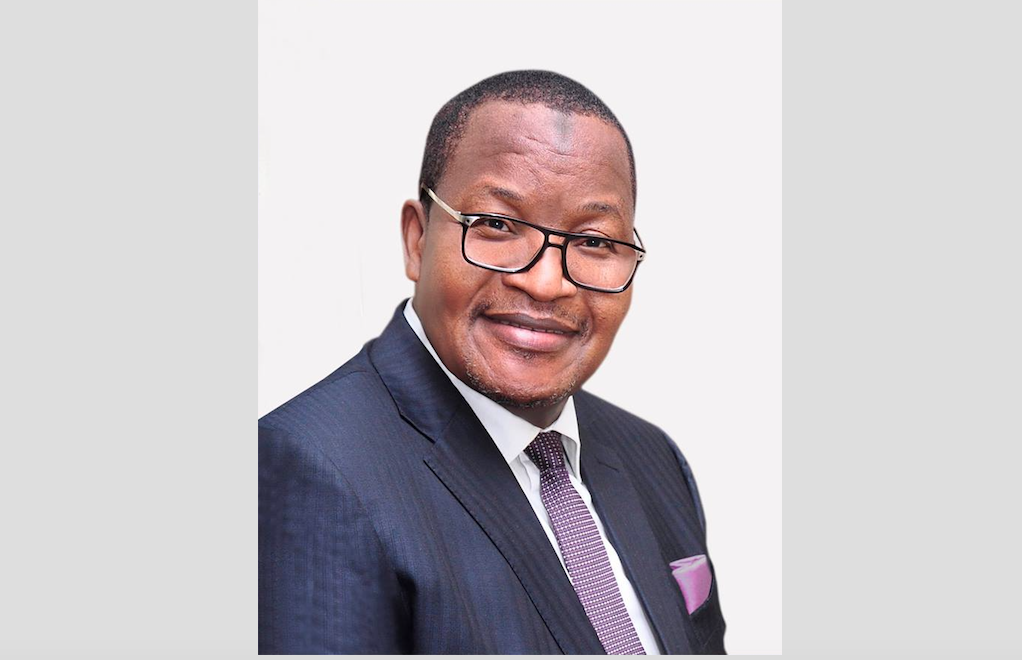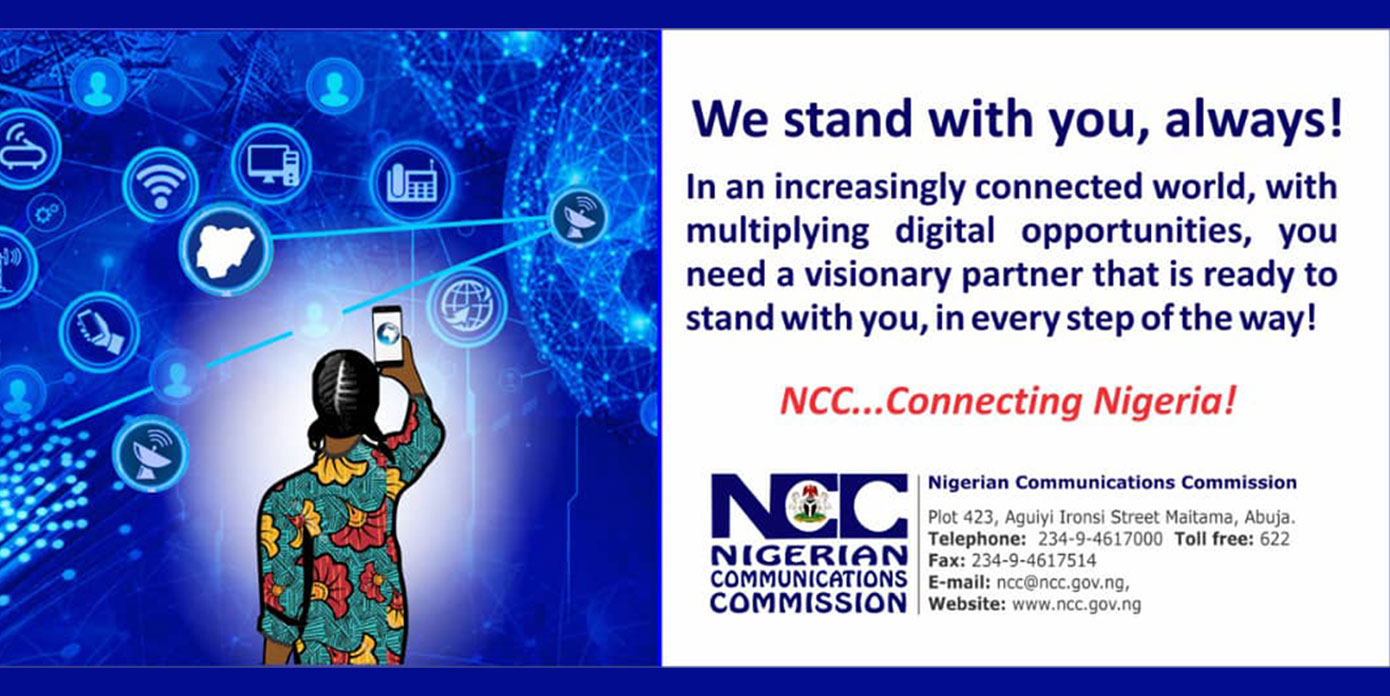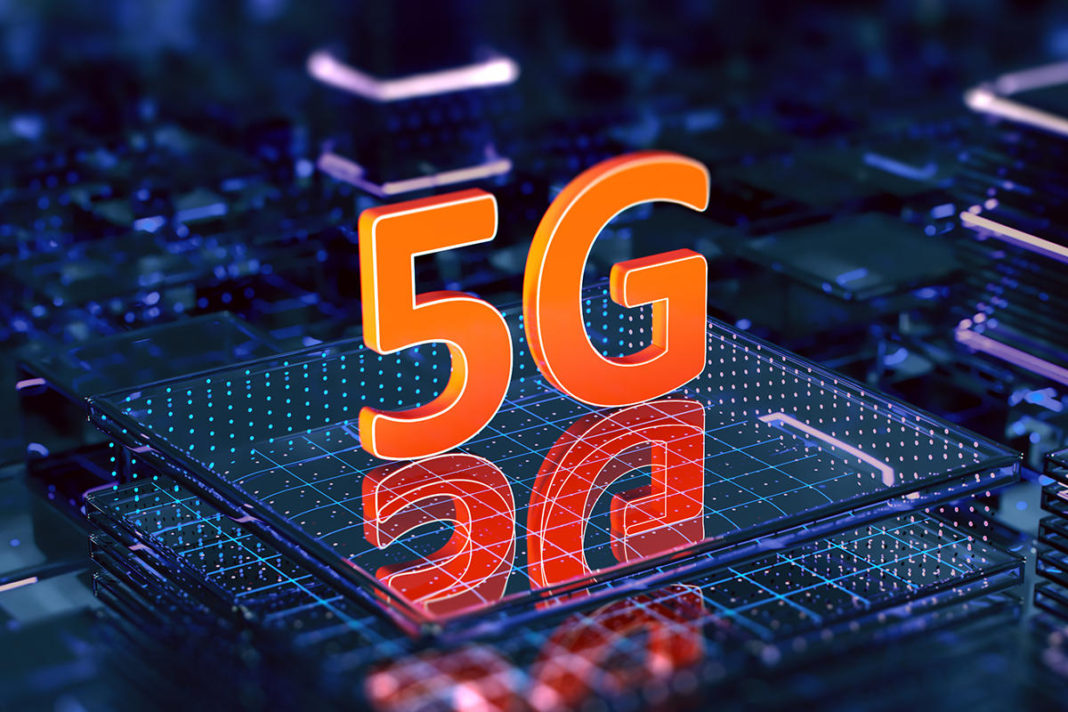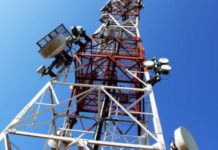…As NigComSat Hands Over Required Operation Spectrum
The Nigerian Communications Commission (NCC) yesterday announced a timeline for 5G deployment across the country and gave conditions for qualification for participating in the auction slated to hold on December 13.
Ascending clock auction format will be used, the auction is software based and a mock auction holding on December 10 shall precede the main auction.
It also spelt out rollout obligations for eventual winners of the license which reserved price has been pegged at $197.4 million, approximately N75 billion.
There is the possibility that the eventual price for the license could soar above the reserved price as was the case with the GSM license of 2001 whose reserved price was put at $100 million but all three bidders eventually ended paying $285million each.
NCC said yesterday, in Lagos, at a stakeholders’ forum held to deliberate on 5G license and other associated issues, only licensees who make down payment of 10 % of the reserved bid price and with 100% regulatory compliance would be allowed to participate in the Auction and licensees with outstanding debts that have secured NCC’s approval for a payment plan will be allowed to participate in the auction.

The auction comes with a 10-year Spectrum License and a minimum requirement of a UASL Operational license, and new entrants or licensees without a Universal Access Service License (UASL) will be required to additionally obtain a UASL Operational license to qualify them for 5G license.
The eventual licensees will have a rollout obligation spanning a period of ten years beginning from the date of award of the license.
Between the first and second year of the license the operators are expected to rollout service in at least one state in each geo-political zone, and from the third to fifth years cover all the zones, while between six to ten years they should cover all the states of the country, according to the NCC guidelines unveiled at the forum.

Also, the Federal Government announced yesterday that it has retrieved from NigComSat the dormant 3.5 GHz spectrum band and has allocated it to the Nigerian Communications Commission, for use in 5G deployment.
The Minister of Communications and Digital Economy, Professor Isa Pantami, made the announcement yesterday, at the stakeholders’ forum.
The spectrum was recovered from NigComSat after it signed an agreement with the NCC, in April, following the intervention of the minister.
Spectrum refers to the invisible radio frequencies that wireless signals travel over.
The portion used for wireless communication sits within that space and ranges from about 20 KHz to 300 GHz. Spectrum wavelengths are classified into different bands within the electromagnetic spectrum range
The 3.5GHz is the most popular spectrum band used globally by regulators and operators for the deployment of 5G technology, and it seems the only band available in Nigeria for immediate use by operators.
Among the frequency spectrum bands allocated to 5G by the International Telecommunications Union (ITU), the C-band (3.4GHz – 3.9GHz) stands out because its balancing point between coverage and capacity provides the perfect environment for 5G connectivity.
Also peaking at the event yesterday, Executive Vice Chairman of the NCC, Professor Umar Danbatta reels out figure that should support profitable 5G deployment in Nigeria, amidst protests by telecom operators that the license fee reserved price was too high.
He said: “Nigeria has an estimated population of 214 million, with an average growth rate of 2.6% annually. Approximately 76.46% of the population is under the age of 35.
In line with these demographic changes, internet penetration grew from 3% in 2004 to 73.82% as at September, 2021, and broadband penetration increased from less than 10% in 2015 to 40.01% in September, 2021”.
He said while the global impact of 4G technology brought about increase in mobile usage and network performance, 5G technology will leverage on this momentum, bringing substantial network improvements, including higher connection speed, mobility and capacity, as well as low-latency capabilities.













